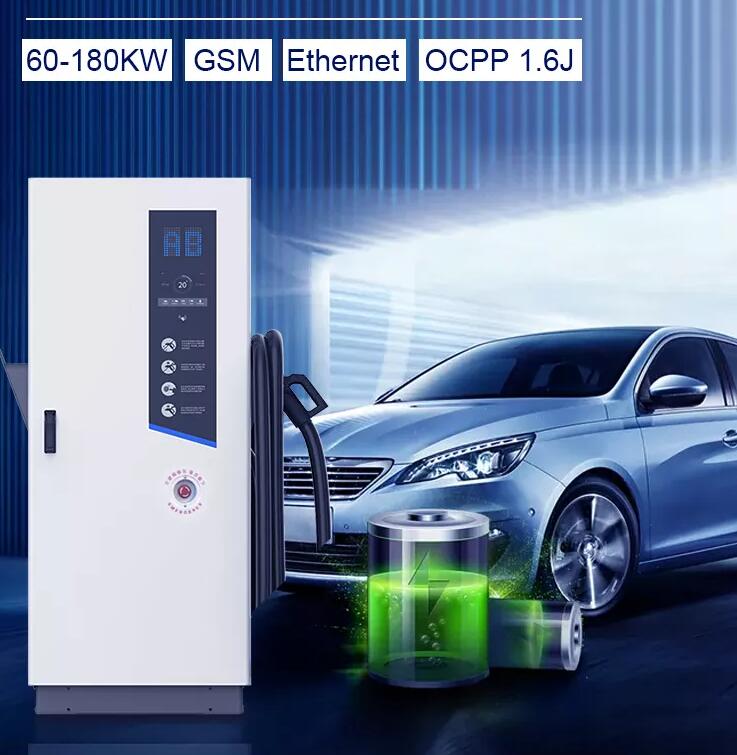
Products
Fast, Reliable, Everywhere

Solutions
Efficient, Innovative EV Charging Solutions.
News
We are committed to the innovation and application of EV charging.
Electric vehicle supply equipment (EVSE), called home charging stations or EVSE, is a practical and effective solution to recharge electric cars (EVs) in residential settings. The existing electrical grid in the house is often the source of electricity for home charging stations. To support the charging of an electric car, they need a dedicated circuit with the necessary voltage and current capacity. Home charging stations can provide varying charging speeds depending on their capacity and the capabilities of the EV. They can be of several levels, from Level 1 chargers, which give slower charging rates using a regular household outlet, to Level 2 chargers, which deliver more power when charging utilizing a special 240-volt circuit.
For efficiency and safety, it is best to contact a licensed electrician because installing electric car charging stations necessitates several steps. The following are the typical steps of install electric vehicle charging stations at home:
The first step is determining the charging needs for the electric vehicle and the charging station. This addresses the required voltage, amperage, distance from the electrical panel, and installation location.

Select a charger that is compatible with and satisfies the electric car's charging requirements. A convenient, easy-to-reach location must also be chosen for the charger.
Verify the electrical panel's ability to handle the increased electrical demand by having the electrical panel inspected. A new circuit breaker might need to be installed.
Install the wiring and conduit from the electrical panel to the charging point. The wiring must meet voltage and amperage specifications for the charging station.
Mount the station on the wall or post of your choice. Follow the manufacturer's directions for proper installation.
According to the manufacturer's instructions, it connects the wiring from the electrical panel to the charging station. It would help if you connected the hot, neutral, and ground wires here.
Depending on local rules, installing electric car stations may necessitate the purchase of permits. Consult the local government to make sure the necessary licenses are in place.
There are various challenges associated with installing and maintaining charging stations. One of the key challenges is the expense of setting up the stations, which can be considerable due to the need for high-powered electrical infrastructure. Additionally, due to swings in demand, it may be difficult for charging network operators to determine where fast charging stations should be located. If you own an electric vehicle (EV) and have access to a rapid charging station, understanding how to use it effectively is essential. Here are some suggestions to maximize the benefits of rapid charging:
Depending on several factors, including the battery's temperature, charge level, and kind of charger, the charging rate for these charging stations may differ. Watch your charging rate to ensure you make the most of the charging station.
Plan your route and locate the nearby rapid charging stations before you start the journey. You'll consequently have less range anxiety and always have access to quick charging outlets.
Although convenient, using it regularly might harm your battery. Frequent fast charges may reduce the lifespan and overall capacity of your battery. Try to avoid this by only using rapid charging when necessary.
Many rapid charging stations charge a fee to use them. Before you start charging, double-check the charges to prevent any unpleasant surprises. Some charging networks' membership options might result in decreased rapid charging charges. These tips will enable you to get the most out of your quick charging station and ensure your EV is constantly ready for use.
You may fully charge your electric vehicle (EV) using a fast charging station in as little as 20 to 30 minutes. However, charging your car more than 80% of the way may be slower and less effective.
Keeping batteries cool is crucial since extreme heat can reduce their lifespan and overall capacity. Use the battery cooling system in your automobile to keep the battery cool.
Install electric vehicle charging stations at home can offer several benefits, including:
Charging an electric vehicle is a fantastic method to lessen your carbon footprint and save money on petrol. Electric car popularity has led to various charging alternatives, from home charging stations to public charging networks. Charging electric automobiles may help the environment by lowering emissions from conventional fuel vehicles. Due to PIWIN electric chargers quick switching times, compatibility with most EV models and capacity for multiple users, EV owners may reduce their overall cost of ownership and charging time. We could use the OCPP protocol to dock platforms deployed abroad.
